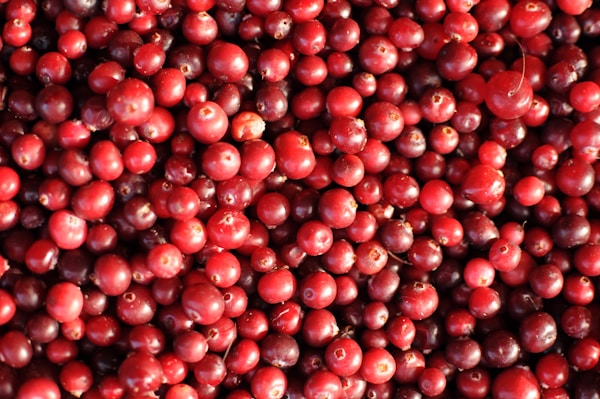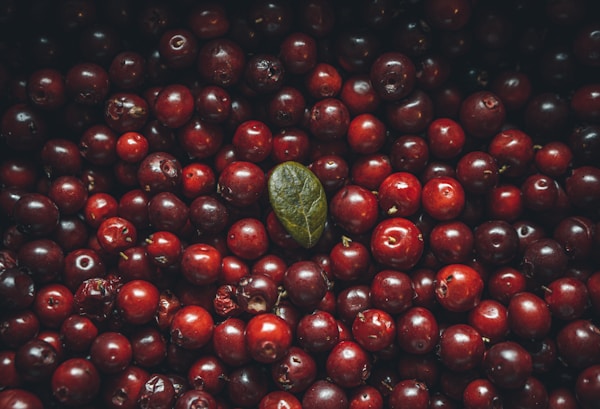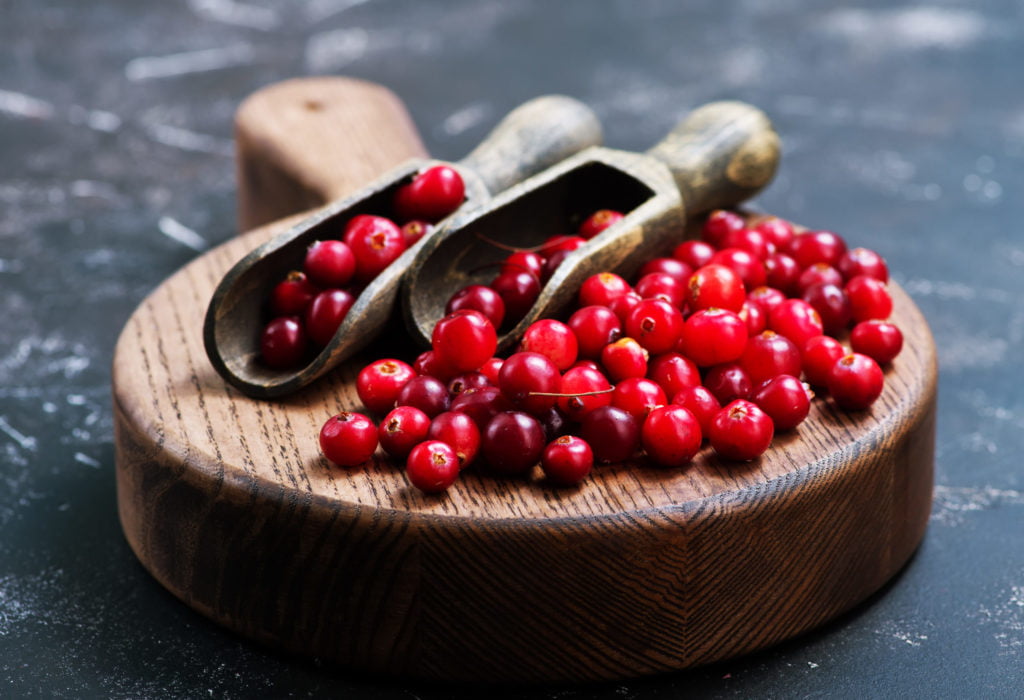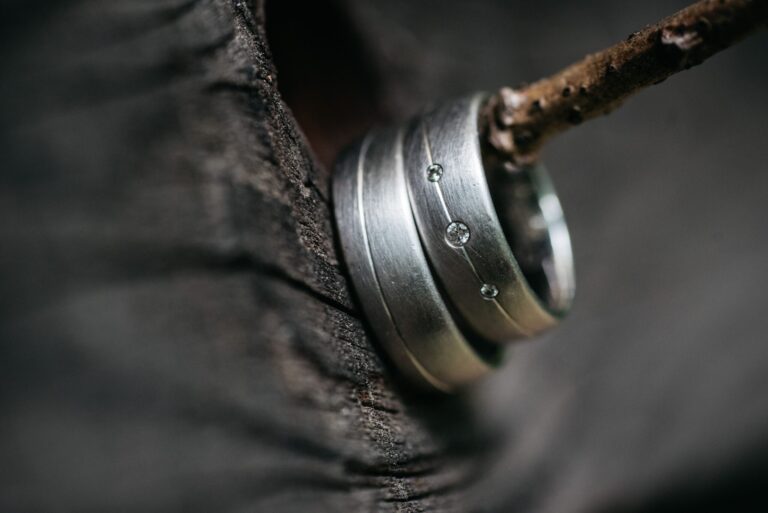If you’re looking for a fruit that is tart, tangy, and full of antioxidants, then you need to learn how to grow cranberries. This fruit is not only delicious, but it’s also packed with nutrients that are good for your health. Cranberries can be grown in your backyard, and with a little care, you can enjoy a bountiful harvest each year. Keep reading to learn how to grow cranberries.
How do cranberries grow?

Cranberries are small, tart red berry that grows on a low-lying vines. Cranberry plants are indigenous to North America, where they have been harvested by native peoples for centuries. European settlers began to cultivate cranberries in the early 1800s.
Cranberries have some specific requirements, making them a little more challenging to grow. Cranberry plants grow in acidic bogs and wetlands, where the soil is high in organic matter. The plants require a lot of water and plenty of sun, but the wetlands provide a natural filter for the bog water, which is why cranberry production is such a successful industry. Cranberry plants grow in cooler climates and prefer moist acidic soil.
Cranberries are grown in many parts of the world, but most of the crop comes from the United States. Cranberry growers use various methods to harvest the berries, including flooding the fields to loosen the berries from the vines and using mechanical harvesters.
Cranberry plants can be grown from seed or cuttings taken from a healthy plant. Seeds should be planted in the fall in a cold frame and then transplanted outdoors in the spring. Cuttings can be taken any time during the growing season and placed in water until they root.
Place cranberry plants in an area that receives full sun and has acidic soil pH of 4.5-6.0. Add peat moss or other organic matter to increase acidity if needed. Mix sand into the planting hole so the roots will not become waterlogged. Water regularly, keeping the soil moist but not wet. Fertilize once a month with an all-purpose fertilizer diluted according to fertilizer instructions.
How do you water cranberry plants?
Watering cranberry plants is important for their overall health, so it’s important to water them regularly and avoid over-watering them. Over-watering can cause the plants to become waterlogged and can lead to root rot. When watering cranberry plants, be sure to water them deeply so that the entire root system gets wet. Watering frequently but only lightly will not be effective in getting the water down to the roots. You need to weed regularly and keep an eye out for pests and diseases to successful grow a cranberry crop. Pests can be controlled using organic methods like row covers or insecticidal soap, while diseases can be treated with fungicides or other organic methods.
You can harvest cranberries in late September or early October.

The best time to harvest cranberries is in late September or early October. The berries should be a deep red color and firm to the touch. To harvest, use a rake or shovel to loosen the berries from the vines. Gently scoop them up and place them in a container, and avoid crushing the berries.
Once harvested, the cranberries are processed into juice, sauce, and other products. Cranberry products are popular during the holiday season, but they are also enjoyed year-round. Cranberry growers are always looking for new ways to use the tart fruit, and the industry is constantly innovating to meet the needs of consumers.
Cranberries are a versatile fruit that can be eaten fresh, cooked, or dried. They also make delicious juices, sauces, jams, and jellies. Cranberries are also a good source of vitamin C and fiber.






